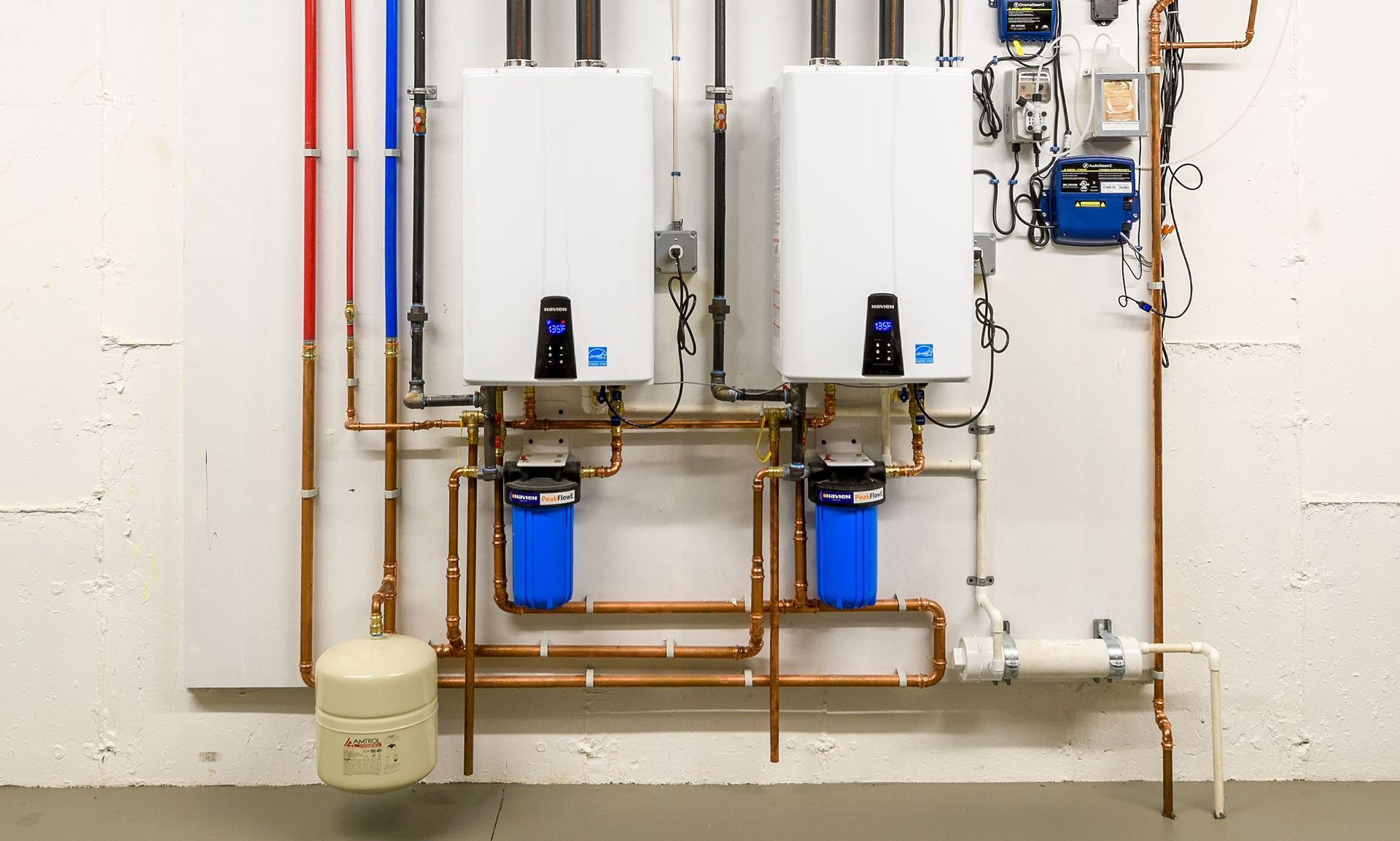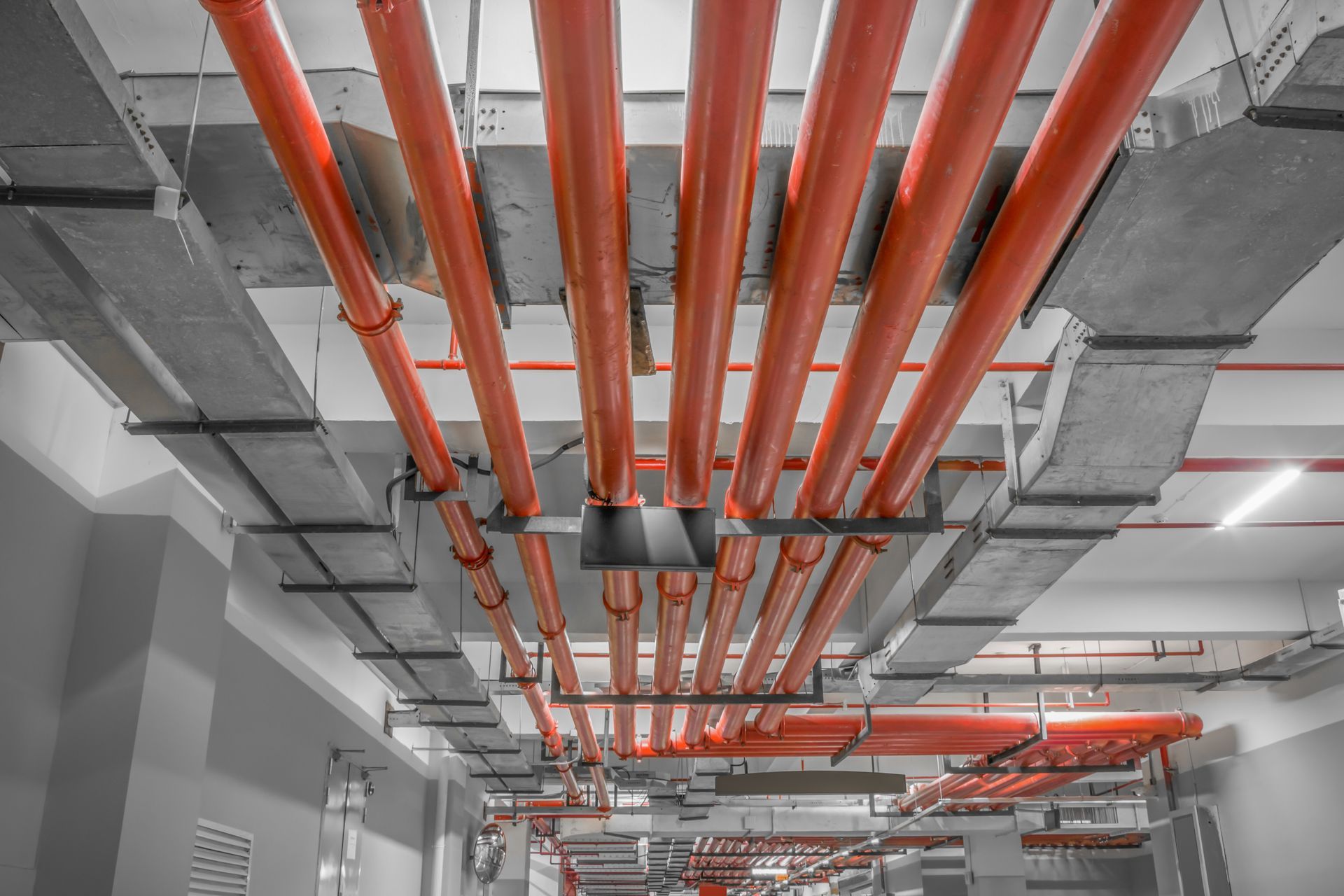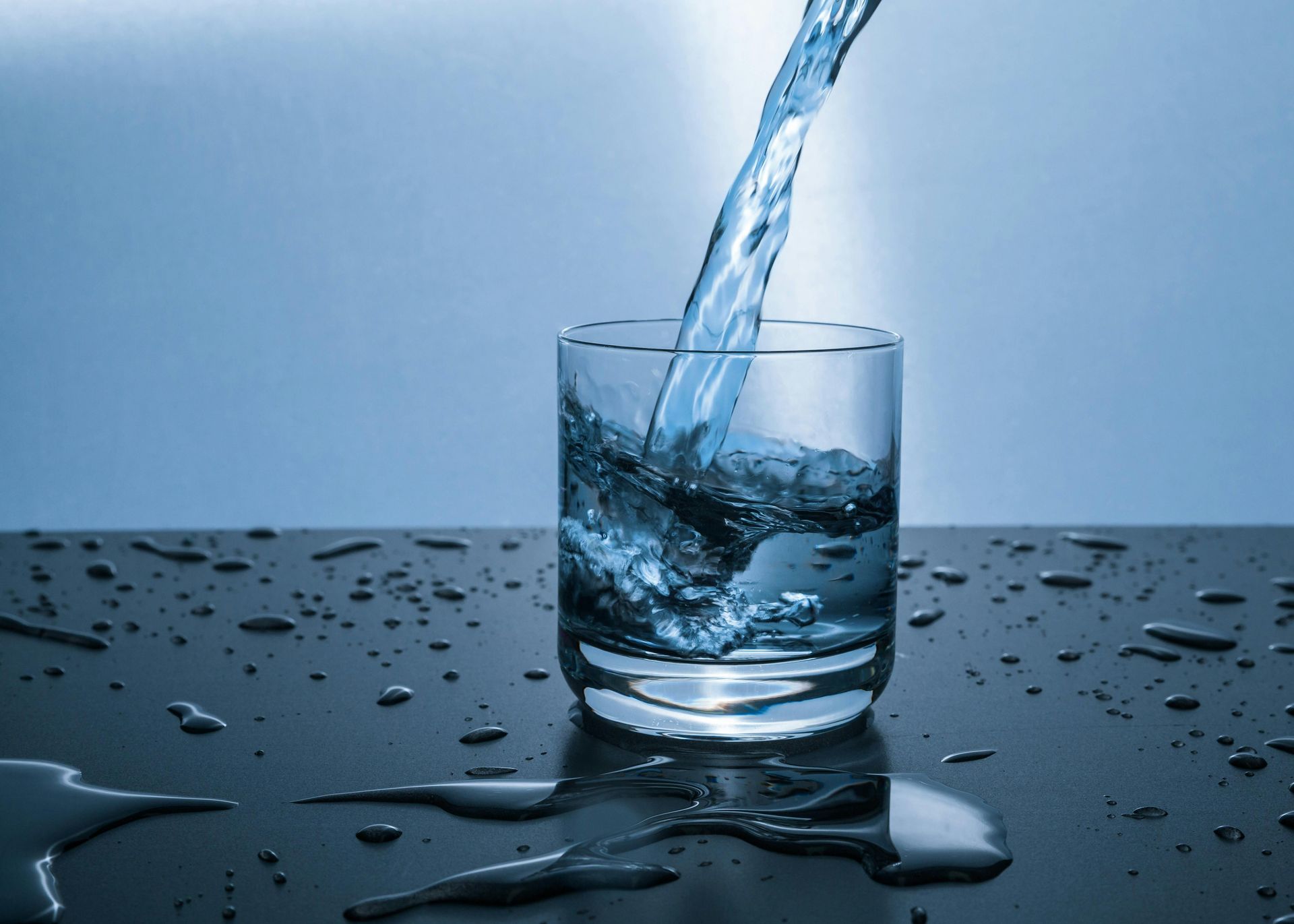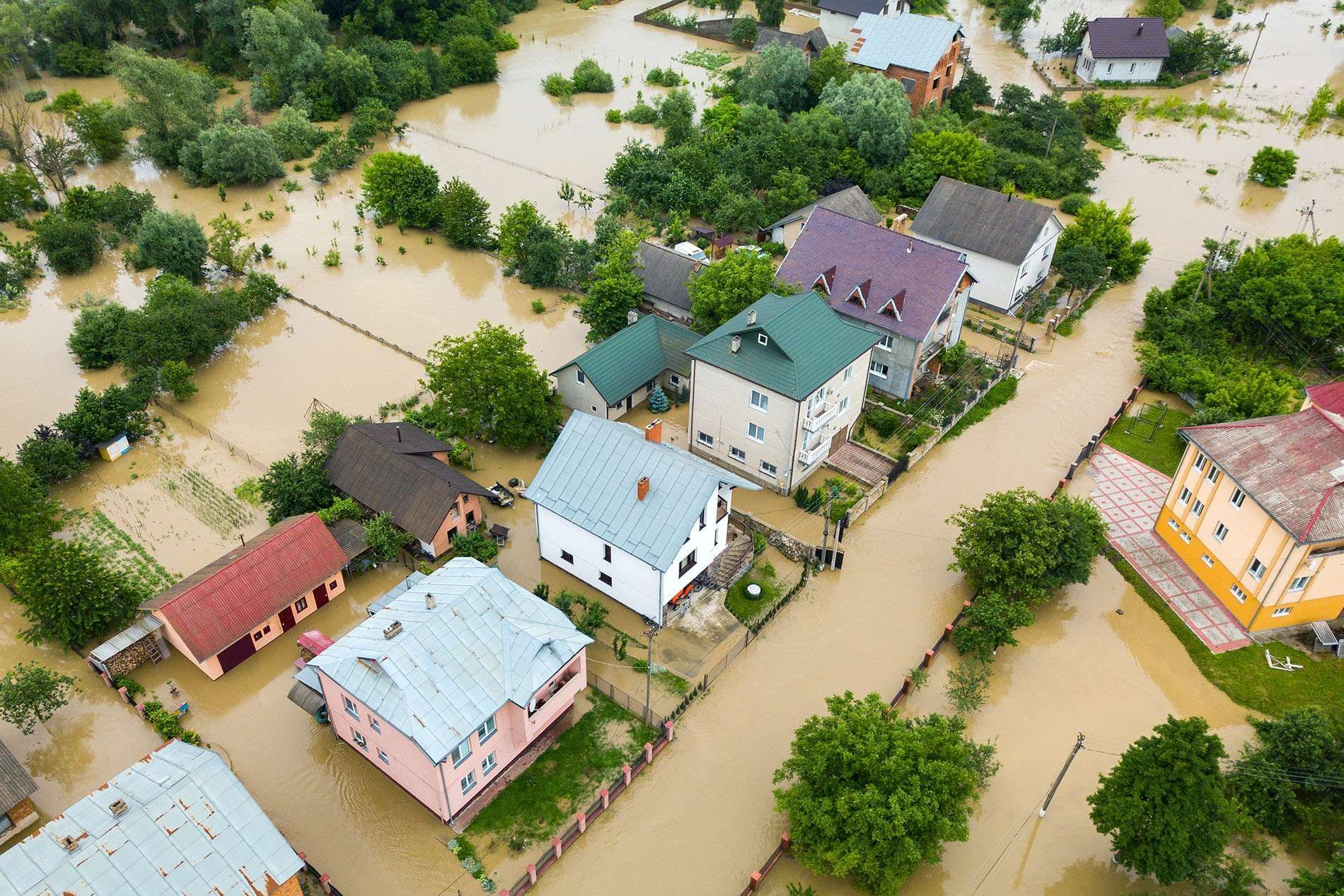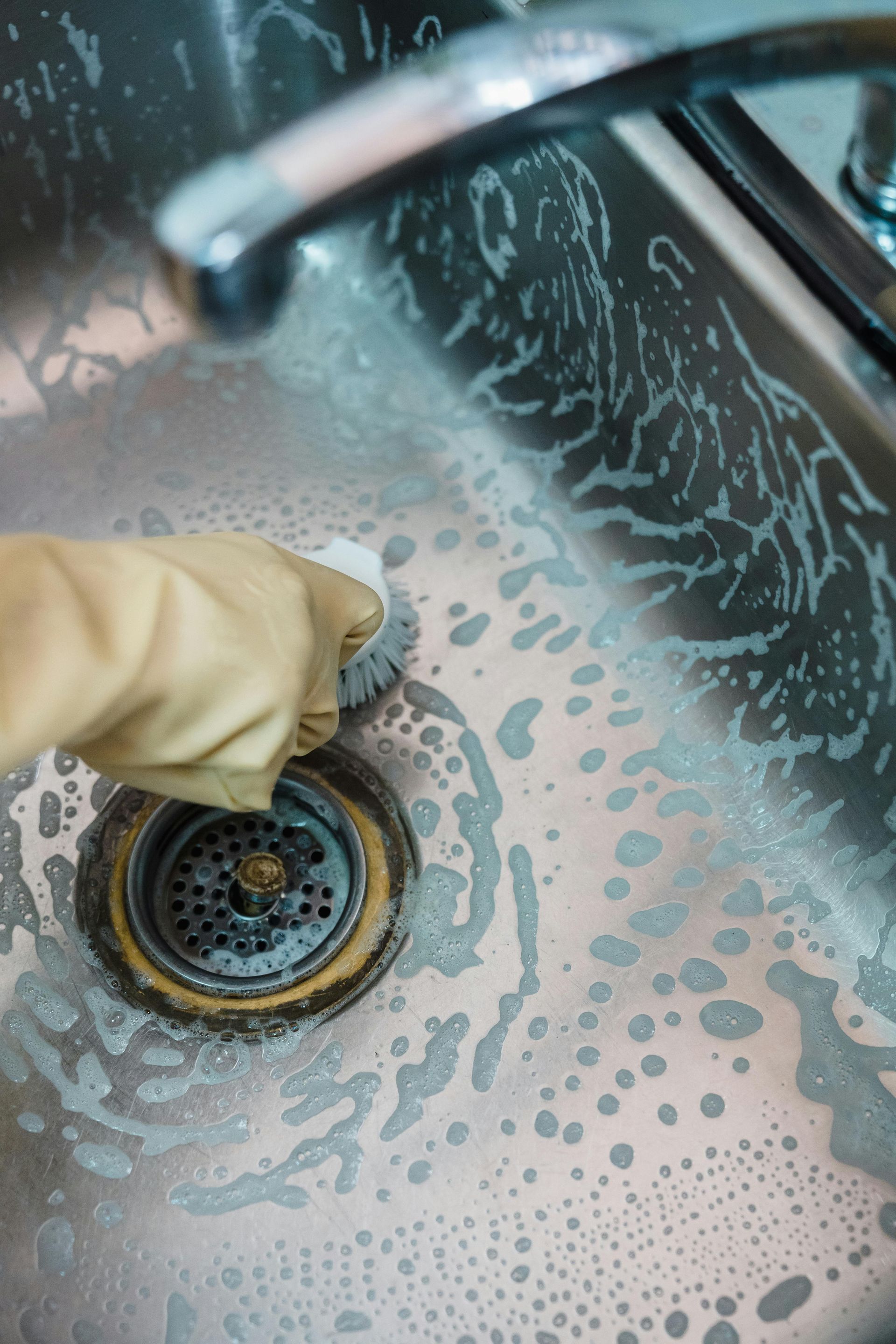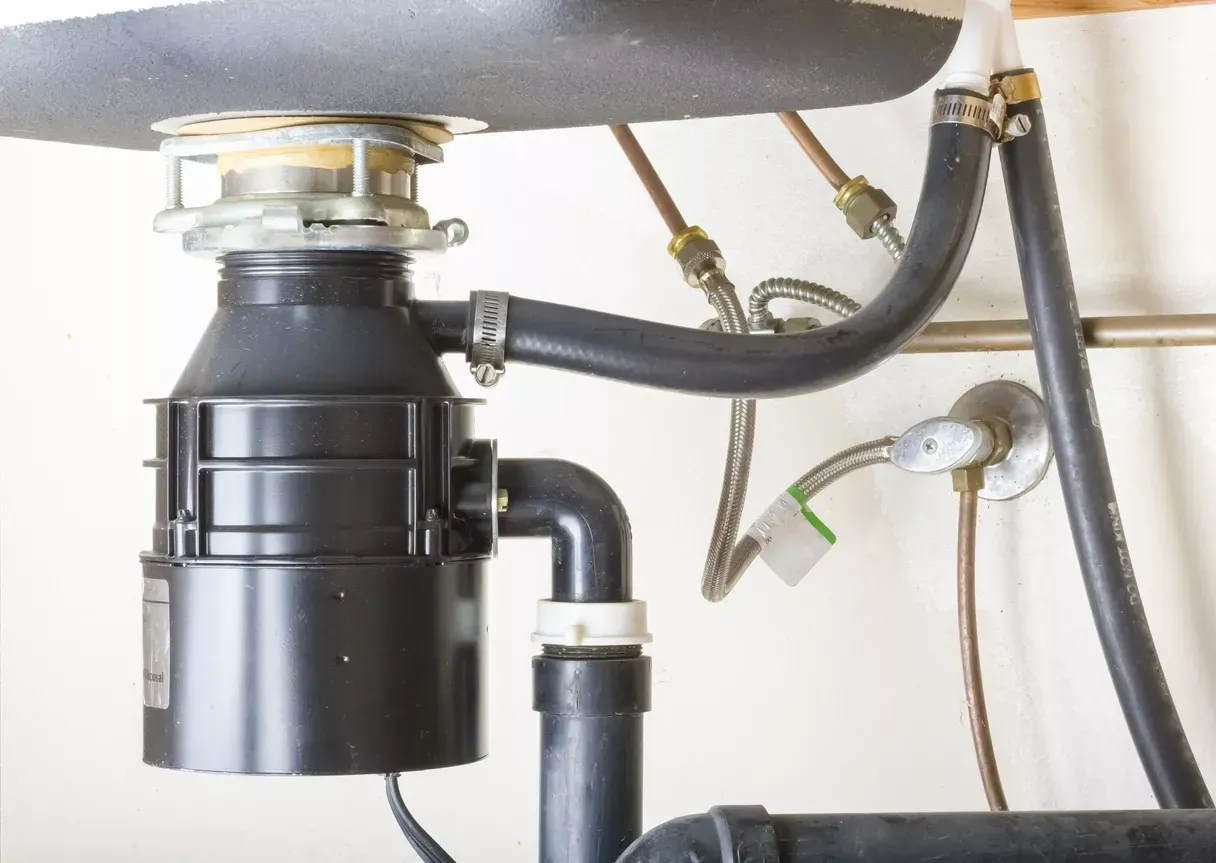The Environmental Impact of Sewer Line Replacement
Replacing a sewer line is often seen as a necessary but inconvenient task that most homeowners don’t think about until there’s a problem. Sewer lines are essential to our plumbing systems, responsible for carrying wastewater from homes to municipal treatment plants. When these pipes fail, it becomes crucial to replace them before they cause severe damage to your property or environment. However, while sewer line replacement is an essential process, it comes with various environmental considerations. Understanding the environmental impact of sewer line replacement is key to making informed decisions when it comes to your home’s plumbing.
In this article, we’ll explore the potential causes behind the need for sewer line replacement, the environmental effects of this process, and ways to mitigate its impact. We’ll also look at how modern techniques can reduce harm to the environment and ensure that the new sewer system is not only more efficient but also more sustainable. So, let’s dive deep into the world of sewer line replacement and understand how it affects both our homes and the planet.
"What to Expect from a Professional Sewer Line Inspection"
Why Sewer Lines Need to Be Replaced: Causes and Concerns
Sewer line replacement often becomes necessary due to a number of reasons, from aging infrastructure to external factors like tree roots. Let’s take a closer look at the most common causes for sewer line failure.
1. Age of the Pipes
The most common reason sewer lines need to be replaced is simply age. Many homes built in the early to mid-20th century have sewer lines made of materials like clay or cast iron. Over time, these materials deteriorate and break down, making them prone to leaks, cracks, and blockages. Once the integrity of these pipes is compromised, it becomes more difficult to repair them, and replacement is the only viable option.
For example, in older neighborhoods, homes built in the 1920s or 1930s might still have their original clay pipes. These pipes are prone to collapse due to ground movement or shifting soil, requiring a full replacement.
2. Root Intrusion
Tree roots are another common culprit behind sewer line damage. Tree roots are naturally drawn to the moisture and nutrients in sewer lines, and they can easily infiltrate these pipes, causing cracks and blockages. As the roots continue to grow, they can eventually cause a complete blockage or collapse of the sewer line.
This problem is particularly noticeable in homes surrounded by large trees. Over time, the roots can invade the pipes, leading to significant damage. While sewer line cleaning and root removal can sometimes provide temporary relief, root intrusion often necessitates a full replacement.
3. Ground Shifting and Corrosion
Environmental factors like soil shifting, earthquakes, or even ground settling can cause sewer lines to misalign or collapse. Similarly, materials like cast iron and clay are prone to corrosion over time, which weakens the pipes and makes them susceptible to leaks and blockages. These factors often result in the need for complete sewer line replacement to avoid further damage.
Environmental Impacts of Sewer Line Replacement
Sewer line replacement, though necessary, can have a substantial impact on the environment. From the disruption of ecosystems to the use of non-renewable materials, the process involves a range of environmental concerns. Here, we explore some of the primary environmental impacts of replacing a sewer line.
1. Soil Disturbance and Habitat Disruption
Replacing a sewer line typically involves excavation, which means digging up parts of your yard to access the old pipes. This disturbance can damage the surrounding soil, affecting plant life, grass, and even tree roots. In some cases, excavation can also disrupt the local wildlife that depends on the area for shelter or food.
For example, if your sewer line runs through a garden or near a tree, digging to replace the pipes could destroy plants and disturb natural habitats. The larger the excavation, the more significant the disruption, especially in areas with delicate ecosystems.
2. Waste and Debris Generation
During the process of removing old sewer lines and replacing them with new ones, there will inevitably be a large amount of waste. This includes the old pipes themselves, which may be made of materials like clay, concrete, or metal. While some of this waste can be recycled, not all materials can be processed efficiently, and much of it may end up in a landfill. The disposal of this waste contributes to the accumulation of solid waste in landfills, which is harmful to the environment.
Additionally, the excavation process can bring up other debris, such as rocks, broken pavement, or dirt, which may also need to be disposed of in landfills.
3. Water Usage and Wastewater Discharge
Water is often required during the excavation and installation process to flush out debris or manage dust. In some cases, workers may use large quantities of water to clear out the pipes or prevent soil erosion. While this might seem like a small issue, excessive water usage, particularly in areas facing drought or water shortages, can contribute to local water scarcity.
Furthermore, if any wastewater is inadvertently discharged into the surrounding soil or environment during the replacement process, it could lead to contamination of the local water supply. This could result in long-term environmental damage and pose a health risk to the local community.
Steps to Mitigate the Environmental Impact
While sewer line replacement does have some environmental drawbacks, there are steps you can take to minimize its impact. Let’s look at a few strategies that both homeowners and professionals can use to ensure that sewer line replacement is as environmentally friendly as possible.
1. Trenchless Technology
One of the most significant innovations in sewer line replacement is trenchless technology. This method, which uses advanced equipment to replace pipes without large-scale excavation, reduces the need for digging and soil disruption. Instead of digging up your yard to access the pipes, trenchless technology uses small entry points to insert new pipes or liners. This drastically reduces the amount of waste generated and minimizes the disruption to your yard or garden.
Trenchless technology also helps avoid damage to nearby trees and plants, as it reduces the need to disturb their roots. In fact, many homeowners are choosing trenchless methods to preserve their landscape and avoid the mess of traditional excavation.
2. Recycling and Reusing Materials
Another way to mitigate environmental impact is by recycling or reusing the materials from the old sewer pipes. Many materials, such as metal or plastic pipes, can be recycled and repurposed. Working with contractors who prioritize recycling can ensure that as much of the old sewer line as possible is reused, reducing waste.
Additionally, consider using environmentally friendly materials for the new pipes. PVC pipes, for example, are lightweight and durable, requiring fewer resources to manufacture and transport. By choosing sustainable materials, you can lessen the overall environmental burden.
3. Using Eco-Friendly Products
When it comes to trenching or filling around the pipes, opting for eco-friendly backfill products can reduce the environmental footprint of the sewer line replacement process. Some contractors use recycled soil or gravel, which helps avoid the use of non-renewable materials. Furthermore, using low-emission equipment for the excavation process can minimize the carbon footprint of the project.
The Role of Homeowners in Sustainable Sewer Line Replacement
As a homeowner, you have a role to play in ensuring that sewer line replacement is as environmentally friendly as possible. Here are a few steps you can take to help reduce the impact of your sewer line replacement:
1. Choose Eco-Conscious Contractors
Work with contractors who prioritize sustainability in their operations. Choose companies that are experienced in trenchless technology, recycle materials, and use eco-friendly products. These companies often have a better understanding of the environmental implications of sewer line replacement and can help guide you toward greener alternatives.
2. Plan Ahead for Long-Term Sustainability
If your sewer line replacement is part of a larger renovation or home improvement project, consider other aspects of sustainability in your planning. For example, replacing your sewer line with more durable, long-lasting materials can reduce the need for future replacements. Similarly, taking steps to reduce water waste in your home, such as installing low-flow toilets and water-efficient appliances, can help protect local water resources.
Conclusion
Sewer line replacement is a necessary but complex process, and like many home improvement projects, it has environmental implications. From soil disruption to waste generation, the process can have a significant impact on the local environment. However, by choosing modern techniques like trenchless technology, recycling materials, and working with eco-conscious contractors, you can significantly reduce the environmental footprint of the project.
At the end of the day, while sewer line replacement may not be something homeowners think about often, it is essential to make environmentally responsible choices when it becomes necessary. By considering the environmental impact, taking action to reduce harm, and ensuring long-term sustainability, you can maintain both your home and the planet for generations to come.
